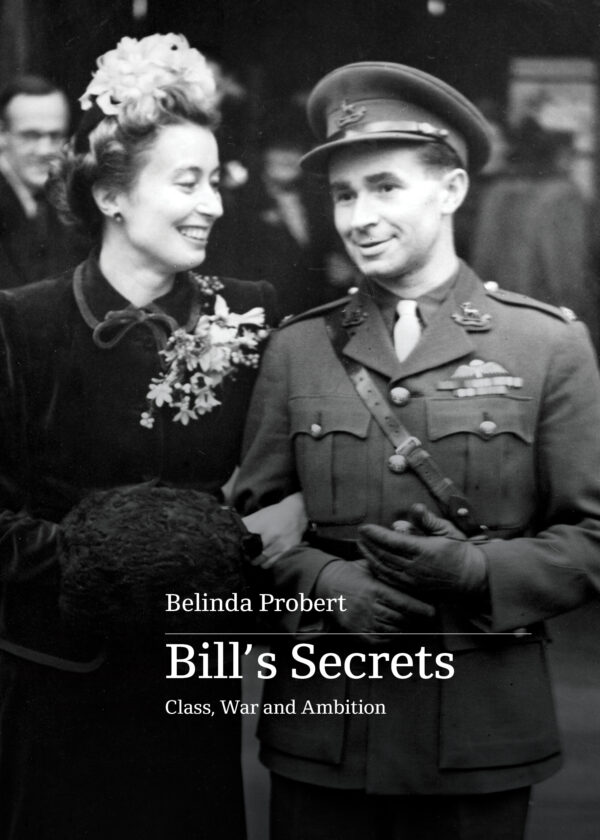Max and Other Stories
Heinemann, 224 pp, $14.95 pb
Penny plain and worth it
There’s a lot to be said for plain writing for writing in such a way that the reader is nudged along through nuance and observation to perception. Plain writing tends to make the reader feel as if they too are watching impassively what the writer sees. It’s a little like standing in shallow water, not noticing the tide coming in. Plain writing involves the reader; any shocks, or passions, come from within the story not from the use of highly coloured words or manipulative tricks.
There used to be a saying: Penny plain; twopence coloured. It came from the sale of cardboard prints in a London toyshop. The uncoloured prints were considered inferior, less exciting. They left too much to the imagination.
Continue reading for only $10 per month. Subscribe and gain full access to Australian Book Review. Already a subscriber? Sign in. If you need assistance, feel free to contact us.














Leave a comment
If you are an ABR subscriber, you will need to sign in to post a comment.
If you have forgotten your sign in details, or if you receive an error message when trying to submit your comment, please email your comment (and the name of the article to which it relates) to ABR Comments. We will review your comment and, subject to approval, we will post it under your name.
Please note that all comments must be approved by ABR and comply with our Terms & Conditions.